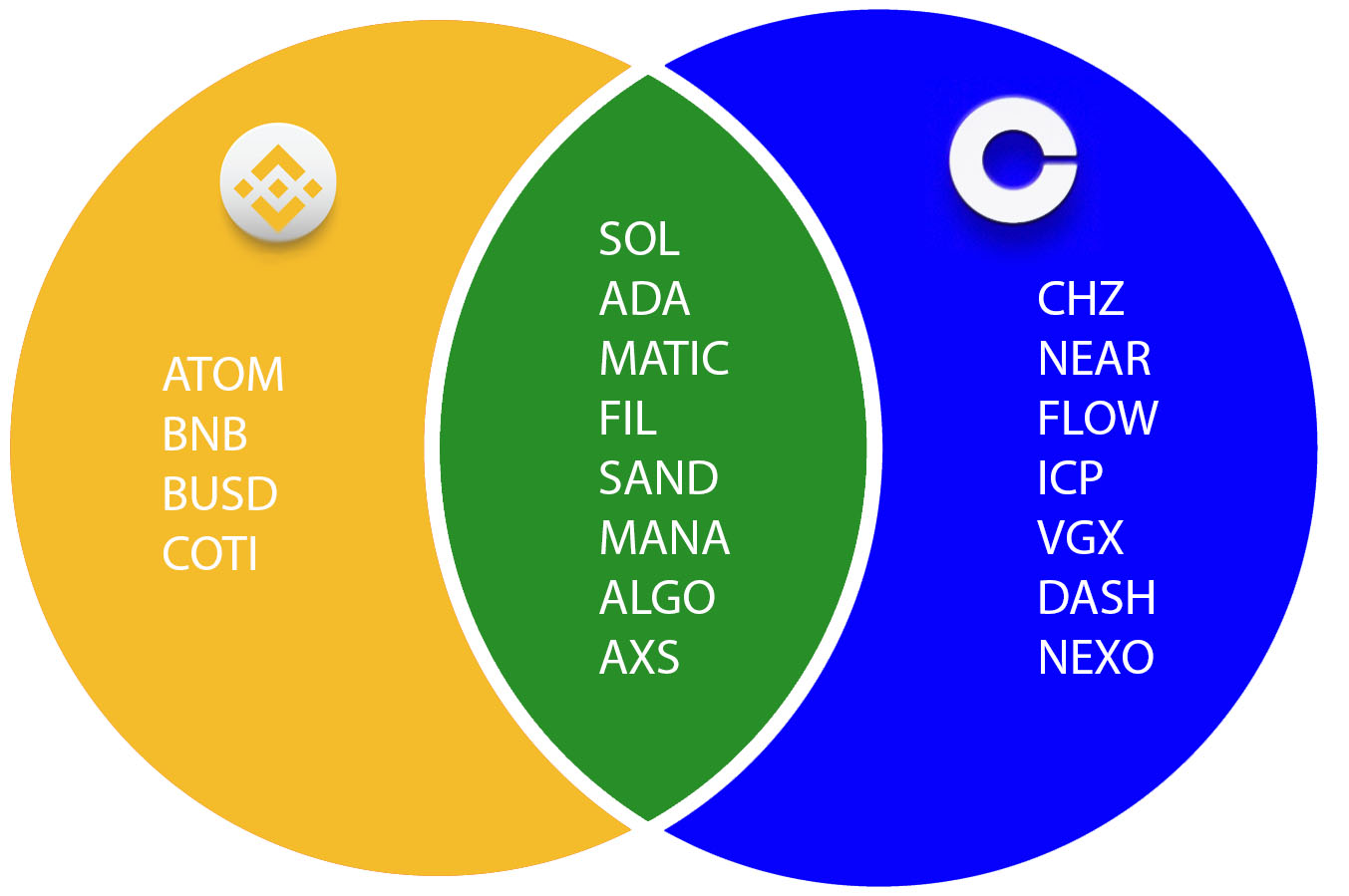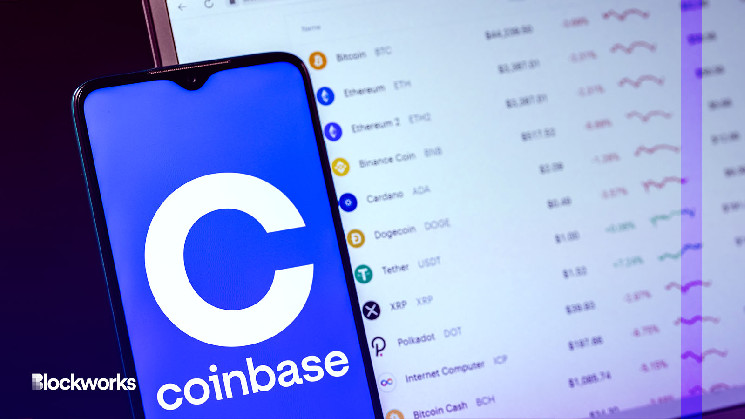The SEC is at it again.
Gary Gensler’s securities watchdog says Coinbase and Binance, the two most dominant crypto exchanges, have been up to no good.
Binance allegedly traded against its own customers through subsidiary market makers, while commingling user assets with its own — a big no-no, if true.
But most of the charges (all civil, not criminal) focus on the kind of stuff abhorrent to hall monitor types: supporting trade for unregistered crypto securities.
Exactly what constitutes a crypto security has escaped entrepreneurial startups and their legal teams over the past decade or so.
After suing a handful of token issuers throughout the 2016-2017 initial coin offering boom, the SEC tried its hand at clarity more than a year after the bubble popped.
With a 14-page manifesto, it sought to outline exactly how digital assets might pass the Howey test; a 77-year-old check list for determining when investing in an orange grove becomes an investment contract.
Industry insiders deride those efforts as unclear, out of touch, or unreasonable. Or they ignore the document entirely.
So, when the SEC rattled off 13 cryptocurrencies considered securities in the Coinbase lawsuit, keen observers may have sought a method to the madness.
Round them all up and no realistic pattern appears. There’s native tokens for nine layer-1 blockchains, including Cardano (ADA), Solana (SOL), Filecoin (FIL) and Polygon (MATIC).
(Yes, Polygon is a layer-1!)
There are also four ERC-20 tokens: crypto lending assets NEXO and VGX, and cryptocurrencies powering blockchain games Axie Infinity (AXS) and The Sandbox (SAND).
Eight of the 13 ran public token offerings. Four conducted private token sales as part of fundraising. So, it mustn’t be an ICO thing.
Granted, all the native tokens utilize some form of proof of stake in their consensus models — including DASH — even though it’s technically a Bitcoin fork. But so too does Ethereum these days, although its network is markedly more decentralized than the likes of Chiliz (CHZ) and NEAR.
Muddying the waters is that the suit aimed at Binance one day earlier presents a slightly different list. That array includes the native token for Binance’s branded blockchain, BNB, as well as Algorand’s ALGO and Cosmos’ ATOM. There’s also Decentraland’s MANA — a rival to SAND.

Some discrepancies are somewhat expected, considering the two platforms support different markets. Coinbase doesn’t list BNB, for example. But it does list ATOM.
What gives? Well, page 25 of the SEC’s Coinbase complaint might reveal the extent of the agency’s careful legal analysis.
A screenshot of Coinbase’s website shows 12 of the 13 tokens listed in the lawsuit offered as tradeable cryptocurrencies, in a manner similar to CoinMarketCap.

It would be a mighty convenient coincidence for the SEC to conclude that each token was a security, all on its own, with no discernible similarities between them, only to open up Coinbase’s website and see them all offered alongside each other in a single screen.
The only token missing between the screenshot and the Coinbase suit is NEXO. Coinbase’s website lists 30 assets per page. The screenshot only shows 12. It could simply be that NEXO didn’t fit.
To make matters worse, the SEC may well have done exactly the same thing in its Binance suit. Take ATOM, for instance. Both platforms list the token, but the SEC only included it in its Binance filing. Why wouldn’t the SEC label ATOM a security across both suits?
The canary in the coalmine could be COTI, the native token of the self-style “enterprise layer-1” network, which found itself listed alongside MATIC and ADA — despite it commanding a micro-market cap of just $71 million.
Perhaps, rather than clicking on the “Tradable” tab to determine which tokens are securities, the SEC stumbled across COTI after it was briefly ranked as a top gainer or loser on Binance’s own website.
Crypto entrepreneurs have long wondered if cryptocurrencies realistically map to the Howey test. Perhaps they can, or maybe they can’t.
Let’s just rename it to the “HTML test” and be done with it.
 blockworks.co
blockworks.co
